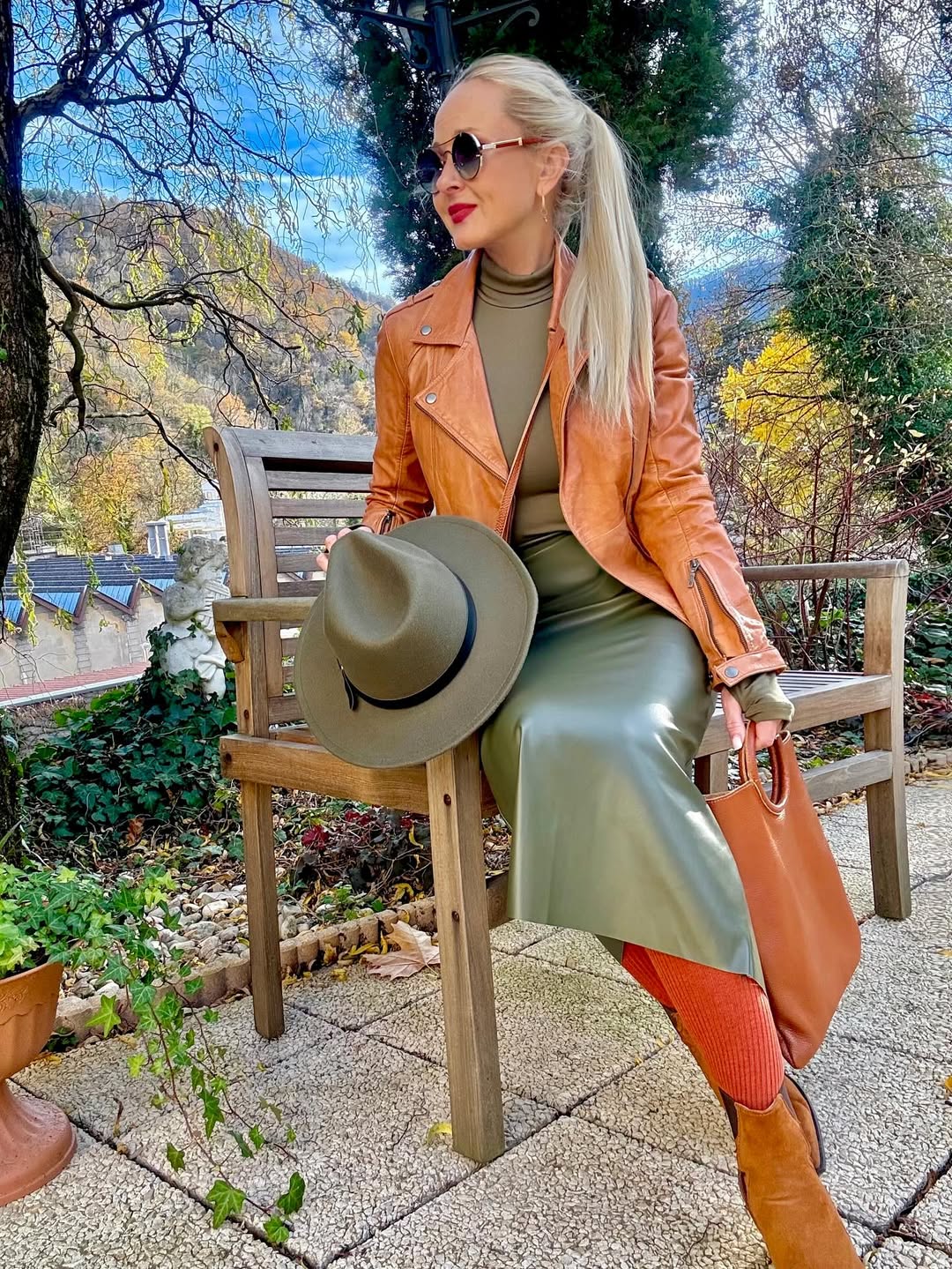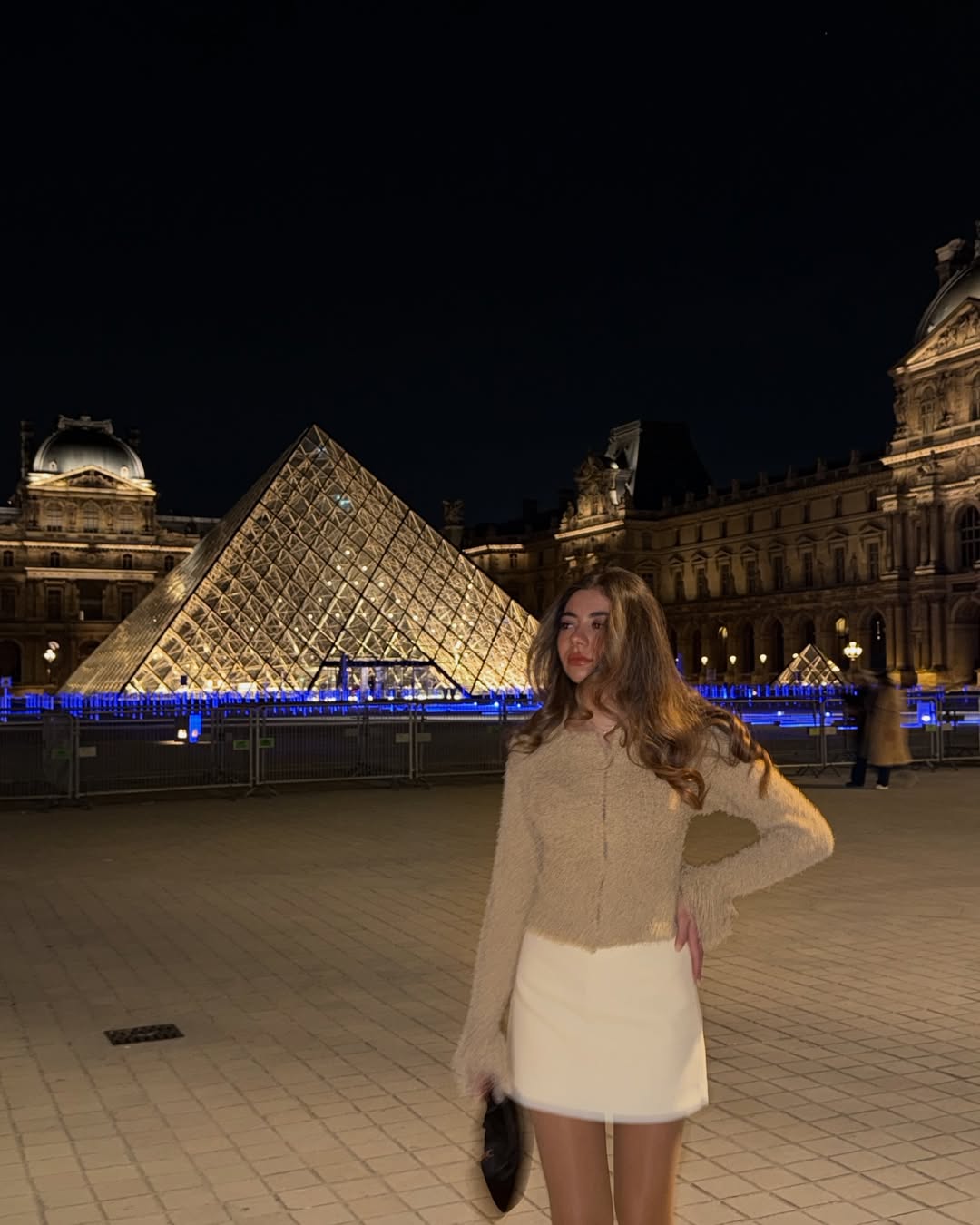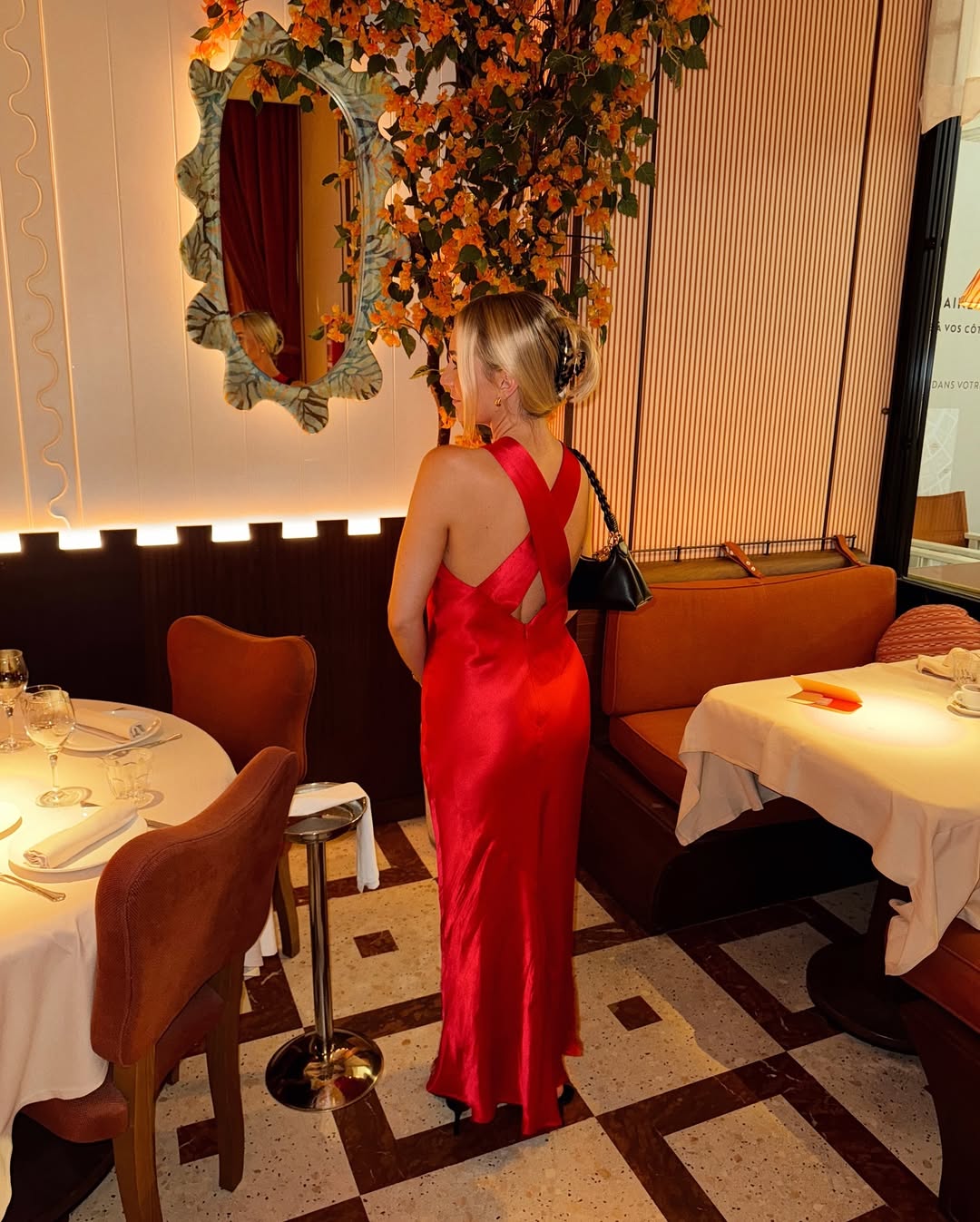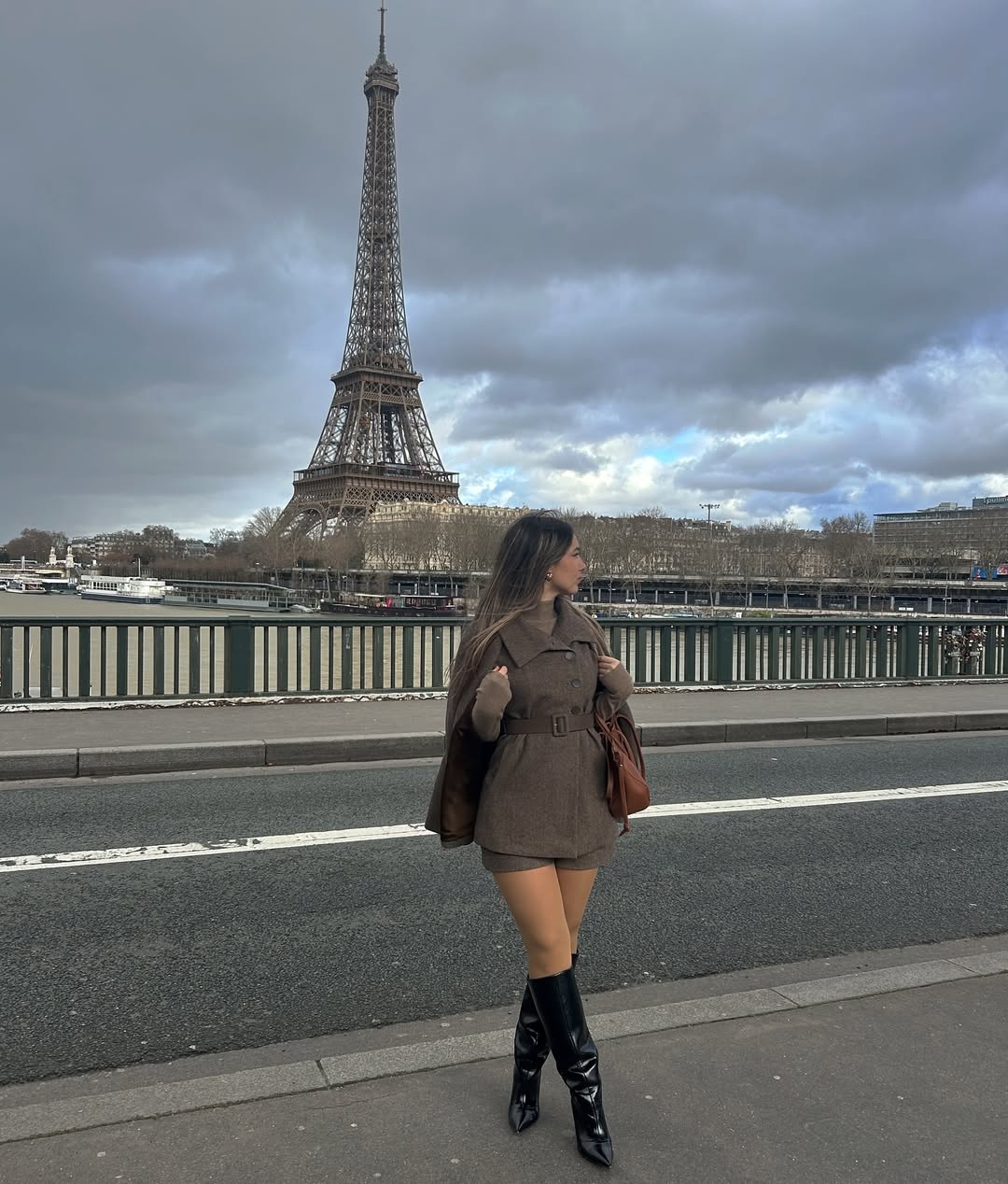What to wear in France: Real Outfits + Packing List
Packing for France isn’t just about stuffing clothes into a suitcase. It’s about that feeling when you blend in on a Paris side street, sit at a café, or wander a village market and realize — you look like you belong there.
When I first traveled solo through France, I packed like I was heading to a backyard barbecue. Two days later, I stood outside a bakery in bright sneakers and realized how off I looked. I didn’t need more clothes — I needed the right ones.
This guide is your shortcut to dressing smart for France: real outfit ideas, a practical packing list, and quick tips that help you feel confident anywhere from Paris to Provence. You’ll learn what works, what doesn’t, and how to pack lighter without losing style.
Here’s what I learned after years of French trips and fashion mistakes — and how you can skip every one of them.
Why Dressing Like a Local for France Is a Smart Move

If you’ve ever wandered through Paris, you’ve probably noticed something: even on a grocery run, locals look effortlessly put together.
Condé Nast Traveler points out that French style isn’t about labels — it’s about clean lines, neutral colors, and clothes that actually fit.
That attention to detail changes the trip. When you dress like you belong, doors open a little faster, service feels warmer, and your photos look better. You’ll feel less like a visitor and more like part of the rhythm around you.
I learned that the hard way. On my first solo trip, I packed like I was headed to a backyard cookout. By day two, my neon sneakers had me sticking out like a billboard. Once I swapped them for a navy button-up and neutral shoes, even ordering coffee felt smoother. Dressing for France isn’t about impressing anyone—it’s about matching the calm confidence of the place itself.
Here’s why that mindset matters: it turns packing from stress into strategy.
Also read:
Style Rules That Always Work in France

Fit and Simplicity
Clothes should look like they were made for you, not borrowed from a friend. Lonely Planet notes that French wardrobes focus on simple shapes that can move easily from sightseeing to dinner. A slim pair of jeans and a crisp shirt beat a suitcase full of “maybe” outfits every time.
Neutral Palette
Black, navy, beige, and white do the heavy lifting. They hide travel stains, layer easily, and make any quick outfit look intentional. Add one scarf or accent piece for personality—you’ll blend in while still feeling like yourself.
Comfort That Respects the Setting
France means walking — miles of it. Rick Steves Europe reminds travelers that cobblestones and stairs require shoes that look good and hold up.
Swap gym sneakers for loafers or low boots, and you’ll still look polished when you step into a café. If you’re visiting a cathedral or a village church, keep a lightweight scarf handy to cover shoulders.
Good clothes don’t just look right—they make travel smoother. You move easier, pack lighter, and blend into the everyday rhythm of France. Next, let’s see how those ideas change with the seasons.
Seasonal Outfit Ideas for France

Spring (March–June)
Spring in France feels alive—cherry blossoms along the Seine, breezy mornings, café chairs spilling into the streets. A trench coat is your best friend this time of year.
Pair it with jeans or tailored trousers, a soft scarf, and flats you can actually walk in. I spent one April in Lyon when mornings were cold enough for layers but afternoons demanded rolled sleeves. The trick is dressing like the weather will change in an hour—because it often does.
When the air turns warmer, your wardrobe should breathe with it.
Summer (June–August)
The sun hits differently in France. Travel + Leisure recommends linen and cotton to keep you cool and comfortable under southern heat.
Think midi dresses, wide-leg pants, and sandals that can handle cobblestones. A woven hat and sunglasses aren’t just style—they’re survival during afternoons in Nice or Provence. Pack light layers because some nights still carry a soft chill off the coast.
As the days shorten and colors deepen, swap your linen for layers.
Autumn (September–November)
Leaves turn gold, café menus fill with chestnut desserts, and the air cools quickly. Mix a light sweater with a blazer or cropped jacket—something you can peel off mid-day.
The UK Met Office notes Paris averages around 55°F in October, so layering isn’t optional. I love ankle boots this time of year; they handle rain without feeling heavy.
Then comes winter—the season of scarves and long evenings.
Winter (December–February)
When the chill settles in, reach for warmth you can walk in. WeatherSpark reports that temperatures often fall below 40°F in Paris, so bring a wool coat or parka, gloves, and boots with grip. The key is balance: cozy enough for the cold but polished enough for indoor dinners.
I learned to keep one dark coat that looks right in every photo—it becomes part of your travel story.
Each season in France carries its own rhythm, and your clothes should move with it.
Packing List You Can Use Right Away

Picture laying everything on your bed before a trip—if the pile overwhelms you, you’ve packed too much.
Here’s the capsule that keeps me ready from Paris cafés to vineyard day trips:
- 2 shirts (one casual, one button-up)
- 1 sweater
- 1 pair of jeans
- 1 pair of tailored trousers
- 1 dress or skirt
- 1 lightweight jacket
- 1 warm coat (if winter)
- 2–3 pairs of shoes (sneakers, loafers, boots or sandals)
- Accessories: scarf, belt, hat, cross-body bag
National Geographic suggests rolling clothes and layering pieces to save space and avoid wrinkles. I’ve learned that mixing textures—linen shirts with denim or knits—keeps outfits interesting without overpacking.
If you’re unsure whether to bring it, leave it. A smaller suitcase means easier train rides, faster mornings, and less travel stress.
Next, let’s turn this capsule into real outfit ideas you can wear across France.
Real Outfit Scenarios when traveling in France

Morning café + sightseeing
Picture this: sunlight hitting café tables, the smell of espresso, and you in slim jeans, a fitted tee, and a soft blazer. Add white sneakers that actually carry you through the metro and those long Paris blocks. You’ll blend right in while staying comfortable enough to wander all day.
Dinner out in the city
French evenings call for something simple but graceful. A midi dress with loafers or low heels works almost anywhere—from a cozy bistro in Bordeaux to rooftop drinks in Paris. Toss a scarf over your shoulders when the air cools, and you’re dinner-ready without ever changing.
Day trip to vineyards
A crisp shirt, ankle boots, and a cross-body bag—perfect for wine tastings or hillside walks. Keep your hands free for a glass of rosé and your phone for photos. I once wore this combo through Burgundy and ended the day dusty but stylish, sipping Merlot at sunset.
Beach day at the Riviera
A breathable sundress or linen shorts with sandals fits right in on the coast. France.fr points out that sun protection is key under the southern heat, so a wide-brim hat and sunglasses are musts (France.fr, n.d.). These light pieces keep you cool while still camera-ready.
Rainy or chilly day
Paris rain sneaks up on you. A waterproof jacket, scarf, dark jeans, and boots that grip make all the difference when sidewalks glisten. You’ll still feel put together even when the weather doesn’t cooperate.
Every outfit in France should let you move from sightseeing to dinner without a full change. That’s the secret to packing less and living more.
Mistakes to Avoid

I learned these lessons the hard way:
- Overpacking “just in case.” Those outfits never see daylight and only slow you down.
- Packing shoes that hurt. A cute pair means nothing after six miles of walking.
- Bringing one heavy coat for every climate. Northern France can chill you, while the Riviera stays mild.
Travelers on Rick Steves Europe often say they regret hauling suitcases filled with single-use pieces. I did too—until I learned that packing light doesn’t mean dressing plain. It means choosing clothes that work anywhere, from a street-side café to a countryside inn.
Here’s a trick: lay out everything you plan to bring, then remove one-third. You’ll never miss what you leave behind—and your trip will feel freer from the moment you zip up.
By now, you’ve got the style rhythm of France—the comfort, the confidence, the balance between looking sharp and traveling light.
Still, most travelers ask me a few last-minute questions before they pack. Let’s go through them so you can leave home ready for anything.
FAQs: What to wear in France
- Do French people dress up all the time?
Not really. They just make casual clothes look intentional. Think fitted jeans, polished sneakers, and clean layers instead of gym wear or loud prints.
- Can I wear shorts in France?
Yes, in summer and coastal areas. In Paris, aim for tailored shorts or midi skirts instead of sporty styles—it keeps your look smart without trying too hard.
- What shoes are best for walking in French cities?
Go for loafers, leather sneakers, or low boots with grip. Rick Steves Europe notes that cobblestones can be uneven, so comfort matters as much as style.
- How can I pack light and still look good in photos?
Stick to neutral colors so every piece mixes well. National Geographic suggests rolling clothes and layering for space and variety. Accessories like scarves and belts add polish without taking room.
- Is there a dress code for churches or fancy restaurants?
Most churches ask that shoulders and knees be covered. For restaurants, a simple dress or button-up shirt is enough—France favors understated elegance over formality.
- What’s one thing travelers always forget to pack?
A foldable tote or small reusable bag. You’ll need it for groceries, markets, or overflow on your return trip. It’s small, practical, and very French.
Conclusion
Dressing for France isn’t about changing who you are—it’s about packing with purpose. When your clothes move easily from morning to night, every moment feels lighter. You walk taller, worry less, and fit naturally into the rhythm of the place.
So before you zip that suitcase, take one last look. Does everything work together? Does it make you feel confident? If yes, you’re ready.
Now I’d love to hear from you—what’s your go-to travel outfit when you’re exploring a new country? Drop your answer in the comments below. I’ll share a few of my favorites too.








My wife is thanking me for finding this post 😉